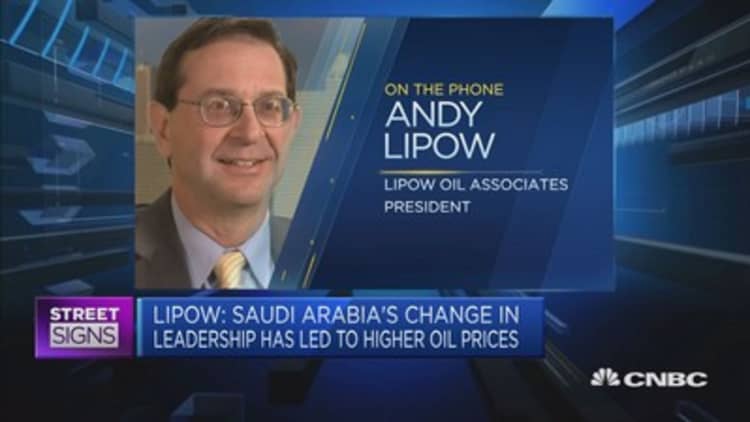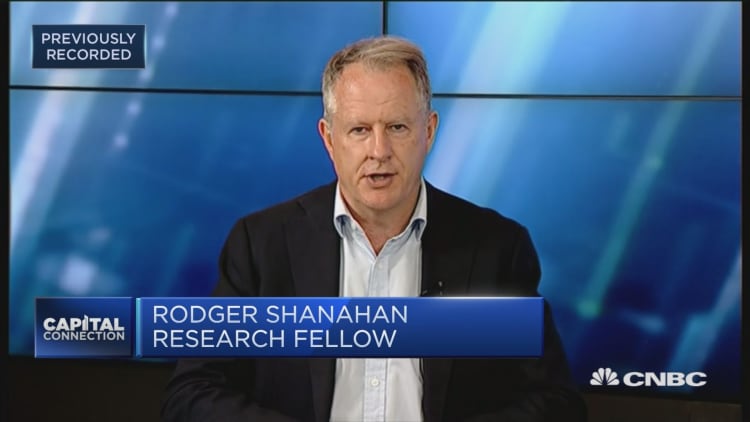
Oil rose on Tuesday, supported by expectations of an extension next week to OPEC output cuts, but prices remained under pressure from signs of higher output in the United States.
"Geopolitical tensions in the Middle East and a deteriorating macroeconomic picture in Venezuela will remain supportive of oil prices in the run-up to the November OPEC meeting," said Abhishek Kumar, Senior Energy Analyst at Interfax Energys Global Gas Analytics in London.
"However, persistently high oil production in the United States will be the predominant bearish factor limiting gains in oil prices," Kumar noted.
U.S. light crude finished Tuesday's session up 41 cents at $56.83, recouping most the losses it posted on Monday. Brent crude oil was up 27 cents at $62.49 a barrel by 2:25 p.m. ET.
Analysts said Brent was expected to fluctuate in a narrow range, from $61 to $63, as the market awaited the outcome of the Organization of the Petroleum Exporting Countries' meeting on Nov. 30.

OPEC, together with a number of non-OPEC producers led by Russia, has been restraining output this year in an effort to end a global supply overhang and prop up prices.
At its meeting next week, the group is widely expected to extend the deal beyond its March 2018 expiry date.
"The market is just waiting for confirmation that OPEC wants to move on with the extension," said Ole Hansen, senior manager at Saxo Bank.
But doubts about the willingness of some participants including Russia to keep restricting production have led traders to take a more cautious approach and weighed on prices.
"Against the positive news we have some comments from Russia which could indicate that they at this stage prefer to wait and see," Hansen said.
"And obviously a deal in order to be successful needs to have everyone on board."
Russian news agency TASS reported on Tuesday that the country's oil producers had met with the energy ministry to discuss a six-month extension, as opposed to the nine months originally floated by President Vladimir Putin.

In Venezuela, authorities arrested the acting president of its U.S.-based refiner Citgo and five of the subsidiary's top executives on corruption accusations, the chief prosecutor said.
But the biggest headache for OPEC has been a rise in U.S. drilling activity, led by shale oil producers.
Energy consultancy Westwood Global Energy Group said U.S. output would climb even faster than implied by the rising rig count, which has jumped from 316 rigs in mid-2016 to 738 last week, as producers become more productive per well.
"Westwood Global Energy forecasts an 18 percent increase in active rigs in 2018, but more rapid demand growth in certain service areas as operators focus on efficiency and delivering more for less," the consultancy said.
Separately, traders said they were waiting for the release of the weekly petroleum status report from the American Petroleum Institute (API), an industry trade group, at 4:30 p.m. EST (2130 GMT) on Tuesday. Analysts in a Reuters poll forecast U.S. weekly crude stocks declined 2.2 million barrels in the week ended Nov. 17.
— CNBC's Tom DiChristopher contributed to this report.

